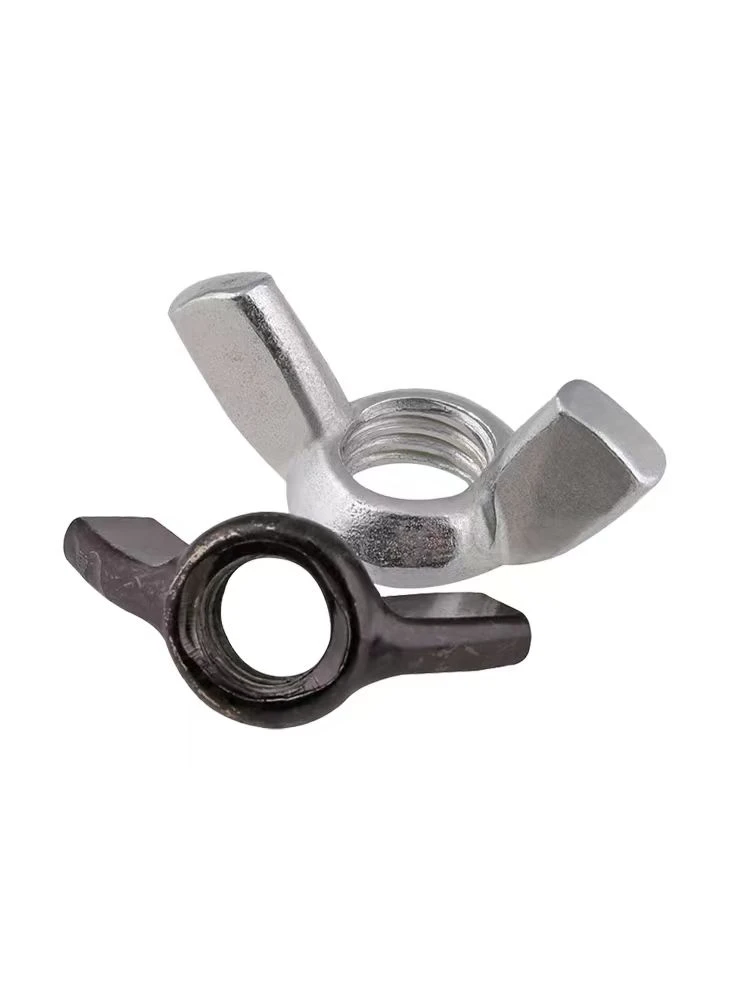

Exploring the World of Industrial Fasteners and Their Applications in Various Industries
12월 . 26, 2024 11:29 Back to list
Exploring the World of Industrial Fasteners and Their Applications in Various Industries
Understanding Industrial Fasteners Components Critical to Engineering and Manufacturing
In the world of engineering and manufacturing, the significance of industrial fasteners cannot be understated. These small yet vital components play a crucial role in the assembly and functionality of a multitude of products, from intricate machinery to everyday appliances. Fasteners are used to create robust connections between different parts, ensuring that products are stable and operate efficiently.
The Types of Industrial Fasteners
Industrial fasteners come in various types, each designed for specific applications. The most common types include screws, bolts, nuts, washers, rivets, and anchors.
- Screws are threaded fasteners with a head, used tojoin materials together, typically wood or metal. They can be driven into materials using a screwdriver or a power tool, making them easy to use in assembly lines. - Bolts are similar to screws but generally come with a higher tensile strength. They typically require a nut to secure them in place, creating a strong hold that's particularly useful in heavy-duty applications.
- Nuts are hexagonal or square-shaped fasteners that fit onto the threads of bolts to provide a tight joint. They ensure that the bolt does not loosen over time, which is crucial in environments subject to vibration or dynamic loads.
- Washers are flat disks often placed under the head of a screw or bolt and beneath a nut. They distribute the load and prevent damage to the surface material, while also reducing friction during installation.
- Rivets are permanent fasteners that join two or more pieces of material. Once inserted, the end of the rivet is deformed to hold the materials together securely.
- Anchors are typically used in concrete or masonry applications, providing a stable point to affix items securely to a wall or floor.
The Importance of Material Selection
industrial fasteners

The materials used to manufacture fasteners are essential to their performance. Common materials include steel, stainless steel, aluminum, brass, and plastic. Each material offers different properties, such as corrosion resistance, tensile strength, and thermal stability.
- Steel fasteners are known for their strength and durability. They are often coated to resist corrosion, which is crucial for applications exposed to harsh environments. - Stainless steel fasteners provide excellent resistance to rust and are ideal for applications in marine and food processing industries.
- Aluminum fasteners are lightweight and corrosion-resistant, making them perfect for aerospace applications where weight reduction is critical.
Choosing the right material for fasteners not only impacts the lifecycle and reliability of the product being assembled but also plays a significant role in maintaining safety standards in various industries.
Trends and Innovations
As technology continues to evolve, the fastener industry is also adapting, leading to significant innovations, such as the development of smart fasteners. These can monitor structures and provide real-time data on stress and fatigue, greatly enhancing safety and efficiency in engineering projects.
Furthermore, advancements in manufacturing processes, such as 3D printing, are enabling the production of custom fasteners tailored to specific needs, reducing waste and improving cost efficiency.
Conclusion
In summary, industrial fasteners are indispensable components in the realm of engineering and manufacturing. Their diverse types and materials cater to a wide range of applications, contributing dramatically to the structural integrity and functionality of countless products. As industries evolve, so too will the fasteners that support them, heralding a future where technology and material science merge to create even more efficient solutions. Understanding the crucial role of these components can help designers and engineers select the right fasteners for their projects, ensuring safety and longevity in their designs.
Latest news
-
Premium Fasteners Manufacturer | AI-Driven Solutions
NewsAug.01,2025
-
Hot Dip Galvanized Bolts - Hebei Longze | High Strength, Corrosion Resistance
NewsAug.01,2025
-
High-Strength Hot Dip Galvanized Bolts - LongZe | Corrosion Resistance, Custom Sizes
NewsAug.01,2025
-
Best Self Tapping Screws for Drywall - Fast & Secure Installation
NewsJul.31,2025
-
High-Strength Hot Dip Galvanized Bolts-Hebei Longze|Corrosion Resistance&Customization
NewsJul.31,2025
-
Hot Dip Galvanized Bolts-Hebei Longze Metal Products|Corrosion Resistance&High Strength
NewsJul.31,2025

